Madagascar Conservation
We work with local communities and partners, such as the AEECL (Lemur Conservation Association), to monitor wildlife and protect and restore habitats in Sahamalaza Iles Radama National Park, north-west Madagascar.
This region harbours many rare and endemic species, including the blue-eyed black, and Sahamalaza sportive lemurs, and the Ankarafa skeleton frog, all of which are Critically Endangered.
Without the vital work of BZS and its partners, the remnant forests and their resident wildlife will likely be lost, along with the valuable resources such as water regulation, resistance to erosion, and soil fertility, that they provide to local communities.
Our Madagascar projects
Community engagement
We want to directly engage with local people to develop projects focused on agriculture, livelihoods, sustainability, and capacity building, and create positive perceptions of conservation within local communities.

Key achievements
We are gathering baseline information about community livelihoods, attitudes, values, and issues of conservation concern
Creation (with AEECL) of BZS-managed community nurseries, and community utility plantations
Community engagement with reforestation work
Biodiversity Monitoring
Monitoring of different species is a key tool that informs our understanding of their distribution and abundances. It also allows us to assess species’ responses to ongoing threats and the effectiveness of our conservation initiatives.

Key achievements
Established systematic monitoring of lemur species across the National Park
Training of local staff and AEECL guides in survey methods and use of monitoring technologies
Implemented patrols to monitor threats to biodiversity
Reforestation & Habitat Restoration
We undertake active reforestation to enlarge and connect the few existing forest fragments. We monitor seedlings for growth and survival and use an evidence-based approach to identify the best way to plant and maintain trees.

Key achievements
Creation of experimental reforestation plots in Sahamalaza
Monitoring seedling growth to identify the best combination of factors for survival
Creation of a strategic reforestation plan for Ankarafa forest to increase connectivity between existing fragments
Creation (with AEECL) of BZS-managed community nurseries
Planting around 15,000 seedlings per annum
Meet our Madagascar conservation team

Dr Caspian Johnson (he/him) – Conservation and Higher Education Manager
Caspian is a conservation scientist and lecturer specialising in biodiversity conservation.
He has over 10 years of applied conservation experience working in Asia and Africa and is the programme lead for the BZS Tanzanian Conservation Programme, where he oversees a team of international conservationists.

Paige Bwye (she/her) – Lecturer in Conservation Science
Paige’s main experience is in captive animal management of a broad range of mammals over a ten-year period, specialising in small mammal and primate species. She conducted her MRes in ‘exploring the different values of housing nocturnal primates in zoos’, considering benefits to animal and human stakeholders.
Paige is interested in methods to understand and improve human-wildlife interactions.
Latest Madagascar conservation news

Help us to save wildlife!
Our conservation team's amazing work wouldn't be possible without our visitors, members, donors and partners.
Find out how you can support our conservation charity and help Save Wildlife Together.



